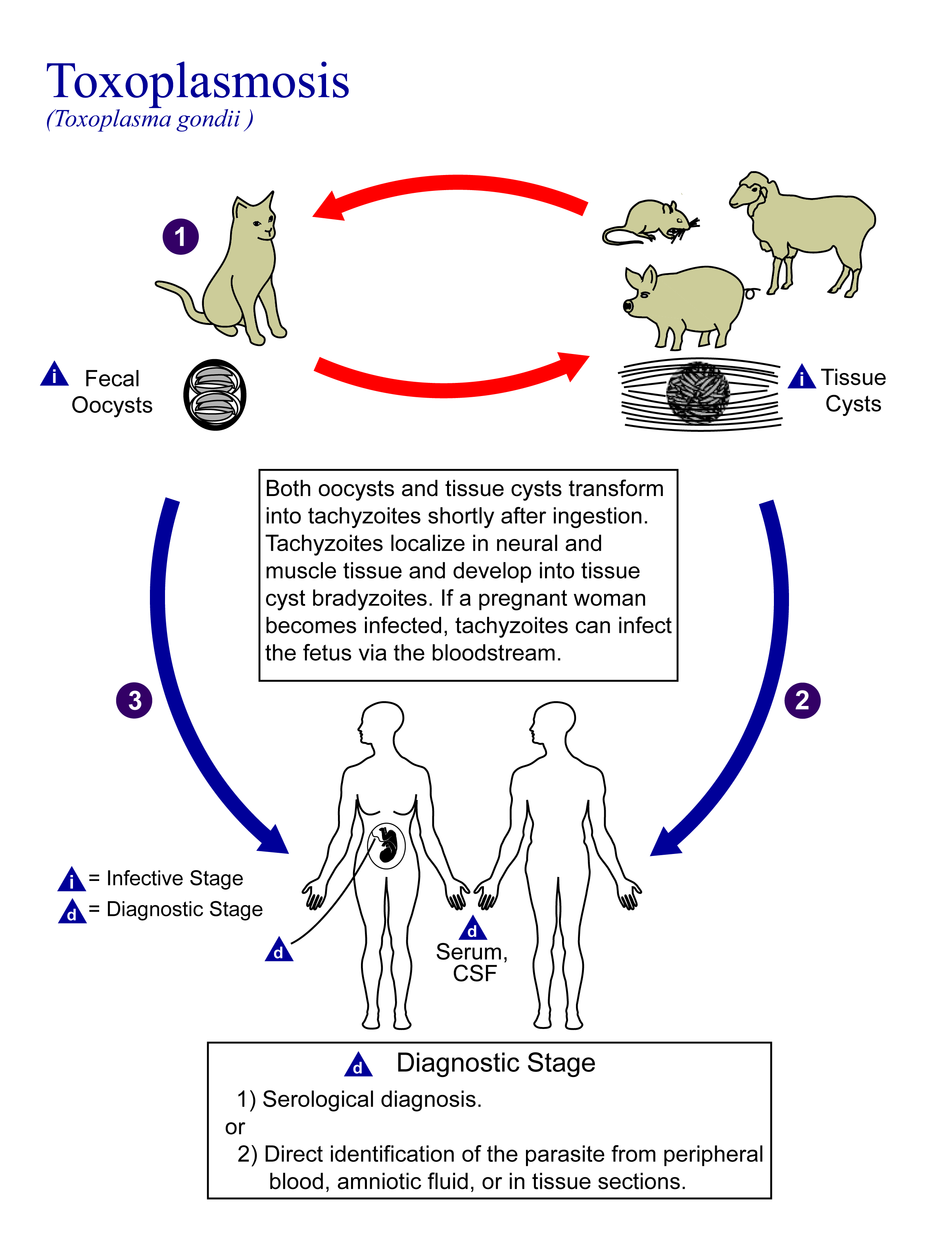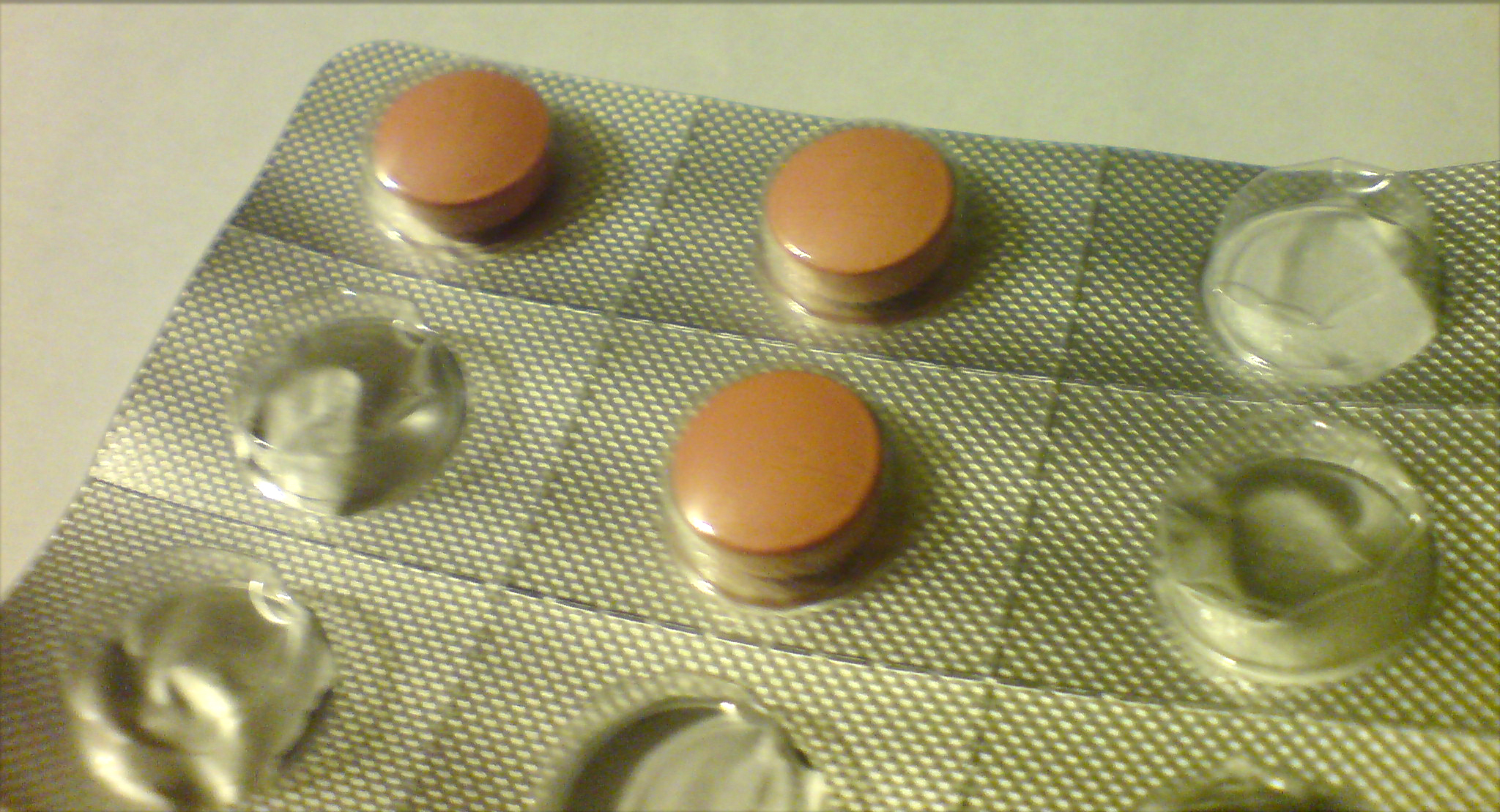|
Dihydrofolate Reductase Inhibitor
A dihydrofolate reductase inhibitor (DHFR inhibitor) is a molecule that inhibits the function of dihydrofolate reductase, and is a type of antifolate. Since folate is needed by rapidly dividing cells to make thymine, this effect may be used to therapeutic advantage. For example, methotrexate is used as cancer chemotherapy because it can prevent neoplastic cells from dividing. Bacteria also need DHFR to grow and multiply and hence inhibitors selective for bacterial vs. host DHFR have found application as antibacterial agents. An extensive review of the chemical space of small-molecules that inhibit DHFR is summarized in Classes of small-molecules employed as inhibitors of dihydrofolate reductase include diaminoquinazoline and diaminopyrroloquinazoline, Most of the above specified inhibitors are structural analogues of the substrate dihydrofolate and bind to the active site of the enzyme. Further, it has been recently shown that, in ''E. coli'' DHFR, allosteric site binders can in ... [...More Info...] [...Related Items...] OR: [Wikipedia] [Google] [Baidu] |
Dihydrofolate Reductase
Dihydrofolate reductase, or DHFR, is an enzyme that reduces dihydrofolic acid to tetrahydrofolic acid, using NADPH as an electron donor, which can be converted to the kinds of tetrahydrofolate cofactors used in 1-carbon transfer chemistry. In humans, the DHFR enzyme is encoded by the ''DHFR'' gene. It is found in the q11→q22 region of chromosome 5. Bacterial species possess distinct DHFR enzymes (based on their pattern of binding diaminoheterocyclic molecules), but mammalian DHFRs are highly similar. Structure A central eight-stranded beta-pleated sheet makes up the main feature of the polypeptide backbone folding of DHFR. Seven of these strands are parallel and the eighth runs antiparallel. Four alpha helices connect successive beta strands. Residues 9 – 24 are termed "Met20" or "loop 1" and, along with other loops, are part of the major subdomain that surround the active site. The active site is situated in the N-terminal half of the sequence, which includes a ... [...More Info...] [...Related Items...] OR: [Wikipedia] [Google] [Baidu] |
Antifolate
Antifolates are a class of antimetabolite medications that antagonise (that is, block) the actions of folic acid (vitamin B9). Folic acid's primary function in the body is as a cofactor to various methyltransferases involved in serine, methionine, thymidine and purine biosynthesis. Consequently, antifolates inhibit cell division, DNA/RNA synthesis and repair and protein synthesis. Some such as proguanil, pyrimethamine and trimethoprim selectively inhibit folate's actions in microbial organisms such as bacteria, protozoa and fungi. The majority of antifolates work by inhibiting dihydrofolate reductase (DHFR). Comparison of available agents Mechanism Many are primarily DHFR inhibitors, but raltitrexed is an inhibitor of thymidylate synthase, and pemetrexed inhibits both and a third enzyme. Antifolates act specifically during DNA and RNA synthesis, and thus are cytotoxic during the S-phase of the cell cycle. Thus, they have a greater toxic effect on rapidly dividing cells (such ... [...More Info...] [...Related Items...] OR: [Wikipedia] [Google] [Baidu] |
Thymine
Thymine () (symbol T or Thy) is one of the four nucleobases in the nucleic acid of DNA that are represented by the letters G–C–A–T. The others are adenine, guanine, and cytosine. Thymine is also known as 5-methyluracil, a pyrimidine nucleobase. In RNA, thymine is replaced by the nucleobase uracil. Thymine was first isolated in 1893 by Albrecht Kossel and Albert Neumann from calf thymus glands, hence its name. Derivation As its alternate name (5-methyluracil) suggests, thymine may be derived by methylation of uracil at the 5th carbon. In RNA, thymine is replaced with uracil in most cases. In DNA, thymine (T) binds to adenine (A) via two hydrogen bonds, thereby stabilizing the nucleic acid structures. Thymine combined with deoxyribose creates the nucleoside deoxythymidine, which is synonymous with the term thymidine. Thymidine can be phosphorylated with up to three phosphoric acid groups, producing dTMP (deoxythymidine monophosphate), dTDP, or dTTP (for the di ... [...More Info...] [...Related Items...] OR: [Wikipedia] [Google] [Baidu] |
Methotrexate
Methotrexate (MTX), formerly known as amethopterin, is a chemotherapy agent and immune-system suppressant. It is used to treat cancer, autoimmune diseases, and ectopic pregnancies. Types of cancers it is used for include breast cancer, leukemia, lung cancer, lymphoma, gestational trophoblastic disease, and osteosarcoma. Types of autoimmune diseases it is used for include psoriasis, rheumatoid arthritis, and Crohn's disease. It can be given by mouth or by injection. Common side effects include nausea, feeling tired, fever, increased risk of infection, low white blood cell counts, and breakdown of the skin inside the mouth. Other side effects may include liver disease, lung disease, lymphoma, and severe skin rashes. People on long-term treatment should be regularly checked for side effects. It is not safe during breastfeeding. In those with kidney problems, lower doses may be needed. It acts by blocking the body's use of folic acid. Methotrexate was first made in 1947 a ... [...More Info...] [...Related Items...] OR: [Wikipedia] [Google] [Baidu] |
Neoplastic
A neoplasm () is a type of abnormal and excessive growth of tissue. The process that occurs to form or produce a neoplasm is called neoplasia. The growth of a neoplasm is uncoordinated with that of the normal surrounding tissue, and persists in growing abnormally, even if the original trigger is removed. This abnormal growth usually forms a mass, when it may be called a tumor. ICD-10 classifies neoplasms into four main groups: benign neoplasms, in situ neoplasms, malignant neoplasms, and neoplasms of uncertain or unknown behavior. Malignant neoplasms are also simply known as cancers and are the focus of oncology. Prior to the abnormal growth of tissue, as neoplasia, cells often undergo an abnormal pattern of growth, such as metaplasia or dysplasia. However, metaplasia or dysplasia does not always progress to neoplasia and can occur in other conditions as well. The word is from Ancient Greek 'new' and 'formation, creation'. Types A neoplasm can be benign, potentially ... [...More Info...] [...Related Items...] OR: [Wikipedia] [Google] [Baidu] |
Antimalarial
Antimalarial medications or simply antimalarials are a type of antiparasitic chemical agent, often naturally derived, that can be used to treat or to prevent malaria, in the latter case, most often aiming at two susceptible target groups, young children and pregnant women. As of 2018, modern treatments, including for severe malaria, continued to depend on therapies deriving historically from quinine and artesunate, both parenteral (injectable) drugs, expanding from there into the many classes of available modern drugs. Incidence and distribution of the disease ("malaria burden") is expected to remain high, globally, for many years to come; moreover, known antimalarial drugs have repeatedly been observed to elicit resistance in the malaria parasite—including for combination therapies featuring artemisinin, a drug of last resort, where resistance has now been observed in Southeast Asia. As such, the needs for new antimalarial agents and new strategies of treatment (e.g., new combin ... [...More Info...] [...Related Items...] OR: [Wikipedia] [Google] [Baidu] |
Toxoplasmosis
Toxoplasmosis is a parasitic disease caused by ''Toxoplasma gondii'', an apicomplexan. Infections with toxoplasmosis are associated with a variety of neuropsychiatric and behavioral conditions. Occasionally, people may have a few weeks or months of mild, flu-like illness such as muscle aches and tender lymph nodes. In a small number of people, eye problems may develop. In those with a weak immune system, severe symptoms such as seizures and poor coordination may occur. If a person becomes infected during pregnancy, a condition known as congenital toxoplasmosis may affect the child. Toxoplasmosis is usually spread by eating poorly cooked food that contains cysts, exposure to infected cat feces, and from an infected woman to their baby during pregnancy. Rarely, the disease may be spread by blood transfusion. It is not otherwise spread between people. The parasite is known to reproduce sexually only in the cat family. However, it can infect most types of warm-blooded animals, ... [...More Info...] [...Related Items...] OR: [Wikipedia] [Google] [Baidu] |
Proguanil
Proguanil, also known as chlorguanide and chloroguanide, is a medication used to treat and prevent malaria. It is often used together with chloroquine or atovaquone. When used with chloroquine the combination will treat mild chloroquine resistant malaria. It is taken by mouth. Side effects include diarrhea, constipation, skin rashes, hair loss, and itchiness. Because malaria tends to be more severe in pregnancy, the benefit typically outweighs the risk. If used during pregnancy it should be taken with folate. It is likely safe for use during breastfeeding. Proguanil is converted by the liver to its active metabolite, cycloguanil. Proguanil has been studied at least since 1945. It is on the World Health Organization's List of Essential Medicines. In the United States and Canada it is only available in combination as atovaquone/proguanil. Medical uses Proguanil is used for the prevention and treatment of malaria in both adults and children, particularly in areas where chloroq ... [...More Info...] [...Related Items...] OR: [Wikipedia] [Google] [Baidu] |
Atovaquone/proguanil
Atovaquone/proguanil, sold under the brand name Malarone among others, is a fixed-dose combination medication used to treat and prevent malaria, including chloroquine-resistant malaria. It contains atovaquone and proguanil. It is not recommended for severe or complicated malaria. It is taken by mouth. Common side effects include abdominal pain, vomiting, diarrhea, cough, and itchiness. Serious side effects may include anaphylaxis, Stevens–Johnson syndrome, hallucinations, and liver problems. Side effects are generally mild. It is unclear if use during pregnancy or breastfeeding is safe for the baby. It is not recommended to prevent malaria in those with poor kidney function. Atovaquone works by interfering with the function of mitochondria in malaria while proguanil blocks dihydrofolate reductase. Atovaquone/proguanil was approved for medical use in the United States in 2000. It has been available as a generic medication since 2011. Medical uses Malaria treatment Atovaquon ... [...More Info...] [...Related Items...] OR: [Wikipedia] [Google] [Baidu] |




